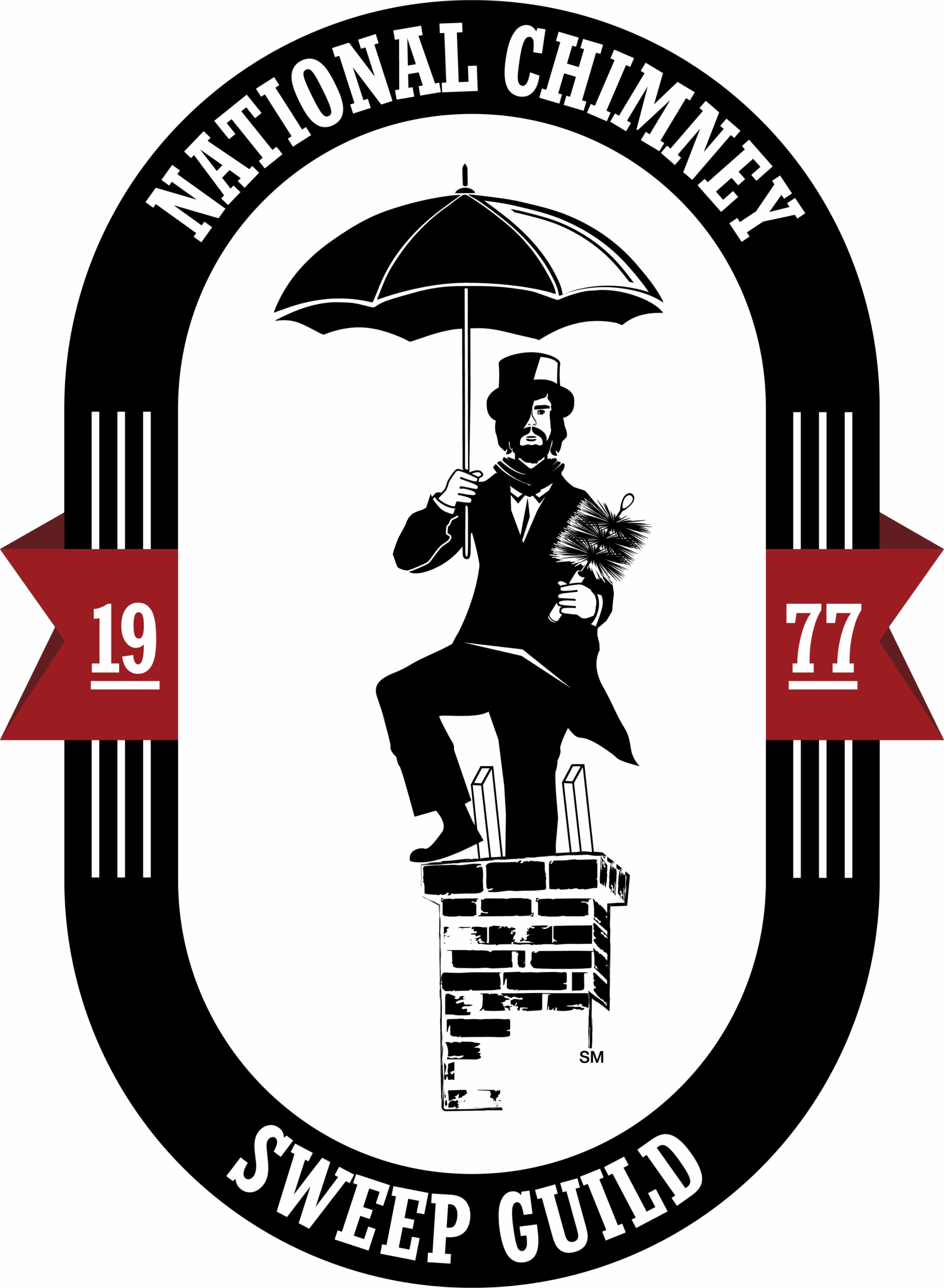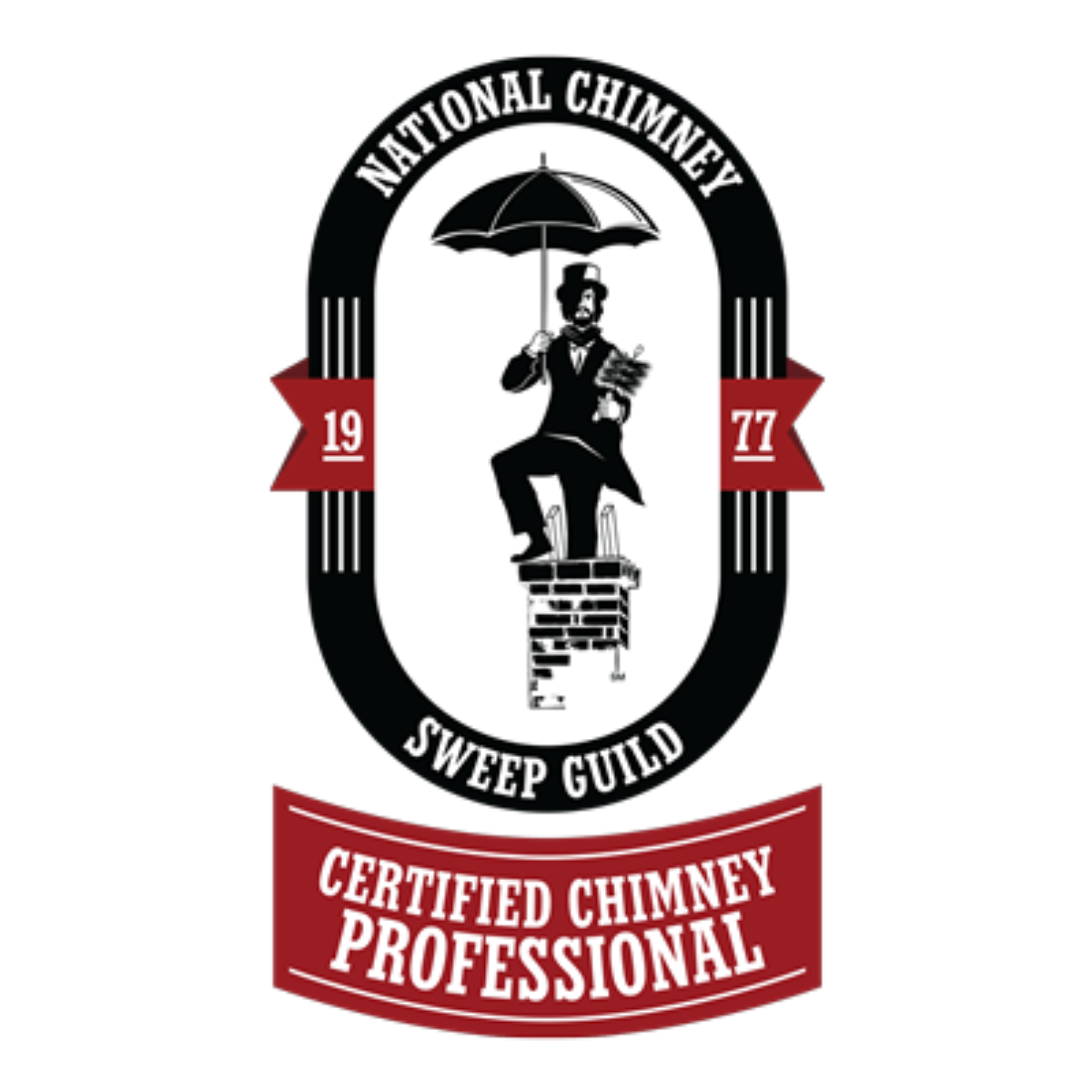Signs of a Chimney Fire: How to Recognize and Respond
Signs of a chimney fire involve loud cracking or popping sounds, dense smoke, and excessive heat resonating from the fireplace. Unseen yet equally destructive, hidden chimney fires often manifest in low, rumbling sounds. Creosote, a flammable wood-burning byproduct, amassing on chimney walls indicates a potential fire hazard. Notice these signs and act promptly with immediate evacuation, calling the fire department, and if safe, limiting oxygen supply to the fire. Regular maintenance is crucial for preventing such incidents. Notice how this knowledge incites essential questions about maintaining fireplace safety in a home: how do chimneys fare structurally post-fire and how does one prevent chimney fires?
The Dangers of Chimney Fires
Chimney fires, often concealed and undetected, pose a significant threat to home safety as they can lead to severe damage including melted mortar, cracked tiles, and even collapsed liners in masonry chimneys, while metal chimneys may endure high temperatures, potentially requiring replacement. The primary culprit of these fires is creosote, a highly flammable, tar-like byproduct of wood burning. When smoke goes up the chimney flue, creosote condenses onto the inner walls, creating a potential fire hazard if not regularly cleaned. Creosote buildup is particularly prevalent in chimneys that vent wood-burning stoves or fireplaces, especially when unseasoned or green wood is used. This type of wood emits more smoke, further contributing to creosote accumulation. Proper maintenance and regular inspections are key to managing the risk of creosote-induced fires. The danger of chimney fires extends beyond the immediate risk of structural damage. These fires can also compromise the integrity of the chimney flue, leaving it vulnerable to further damage and increasing the risk of harmful gases such as carbon monoxide seeping into the home. Hence, understanding and addressing the dangers of chimney fires is crucial for maintaining a safe living environment.
Recognizing Chimney Fire Signs
How can one recognize the signs of a chimney fire, an often silent and stealthy threat to home safety? One indication is a loud cracking or popping noise, similar to the sound of a freight train or a low-flying airplane. You might also notice a lot of dense smoke or an intense, hot smell coming from your fireplace. Another sign is the buildup of creosote, a highly flammable, tar-like substance, on the inner walls of your chimney. Creosote forms when wood is burned, and its buildup is a common cause of chimney fires. This substance can ignite at high temperatures, causing a chimney fire that often goes undetected until it has caused significant damage. If you observe any of these signs, it’s crucial to act swiftly. Use a fire extinguisher, if safe to do so, and call the fire department immediately. After the fire is out, schedule an inspection with a professional to assess the damage and clean the chimney. Regular inspections and cleanings are vital in preventing chimney fires, as they can remove creosote buildup and identify other potential issues.
The Unseen Threat: Hidden Fires
Did you know that the majority of chimney fires are slow-burning and often go unnoticed until they’ve reached exceedingly high temperatures, posing a significant risk to your home? This unseen threat, known as hidden fires, can cause substantial damage before homeowners are even aware of their existence. Hidden fires often start due to the buildup of creosote, a highly flammable byproduct of burning wood. This sticky, tar-like substance can accumulate in your chimney over time, especially if the wood you’re burning is unseasoned or excessively resinous. When creosote reaches a certain thickness and temperature, it can ignite, leading to a slow-burning chimney fire. These fires can go unnoticed for a long time due to lack of visible flames or smoke. However, their temperatures can reach up to 2000 degrees Fahrenheit, which is hot enough to cause severe damage to the structure of your home. While these fires may not be visible, they are often audible. Listen for a low, rumbling sound that’s been likened to a freight train or a low-flying airplane. Prevent these hidden fires by ensuring your chimney is inspected and cleaned regularly by a professional. This will help reduce creosote buildup and protect your home from the unseen threat of hidden fires.
Impact on Masonry Chimneys
While hidden fires pose a significant danger to all types of chimneys, the impact on masonry chimneys can be particularly severe due to their specific construction features. These structures are built with brick, stone, or concrete blocks and are designed to withstand high temperatures. However, the intense heat generated by a chimney fire can cause significant damage to these materials. Masonry chimneys are vulnerable to a phenomenon known as spalling. This occurs when moisture trapped in the masonry materials is rapidly heated, causing the surface to fracture or explode. This process can lead to extensive structural damage and reduce the chimney’s ability to contain subsequent fires. The mortar used in masonry chimneys can also be subject to melting or deterioration under extreme heat. Damaged mortar can create gaps, weakening the structural integrity of the chimney. Cracked firebox tiles or liners are indicative of a previous chimney fire. These cracks can provide a path for heat and flames to reach the combustible parts of the home.
Impact on Metal Chimneys
Contrary to masonry chimneys, metal chimneys are typically designed with high-temperature resistance in mind; however, they are not entirely immune to the damaging effects of a chimney fire. The high temperatures produced by such fires can lead to a series of complications. At the forefront, the intense heat can warp the metal, leading to deformations in the structure that compromise its integrity. In some cases, this warping can cause the chimney to become unsafe for use until repairs or replacement are made. The metallic material also becomes susceptible to oxidation under such high heat, causing the metal to rust. This rusting not only weakens the structure but can also lead to the flaking of the internal lining. These flakes can then fall into the fireplace, causing further potential fire hazards. Severe chimney fires can potentially cause the metal to melt, particularly in chimneys made from lower-grade metals.
Preventing Chimney Fires
To safeguard your home from the destructive effects of a chimney fire, it is essential to implement preventative measures, beginning with an annual inspection conducted by an educated Chimney Sweep. These professionals possess the knowledge and skills to thoroughly inspect your chimney system, identify any issues, and provide recommendations to ensure it is in compliance with safety standards. In addition to this yearly inspection, regular maintenance is crucial for preventing chimney fires. This includes promptly addressing any repairs identified during the inspection and adhering to a regular cleaning schedule. A clean chimney is a fundamental deterrent of fires, as it significantly reduces the risk of sparks igniting any residues within the chimney. The use of appropriate fuel is vital. Hardwoods, such as oak and maple, are preferable as they burn hotter and produce less smoke. Avoid burning treated wood, cardboard, or trash, as these can lead to harmful buildup and increased fire risk. Lastly, installing a chimney cap can prevent outside elements, such as rain or debris, from entering the chimney and creating blockages. While these preventative measures require effort and upkeep, they are invaluable in maintaining the safety and integrity of your home.
Creosote Buildup: A Silent Danger
One of the most insidious threats to a chimney’s safety is the accumulation of creosote, a highly flammable and dangerous substance. Produced when wood is burned, creosote sticks to the inner walls of your chimney, creating a thick, tar-like coating that can spark a chimney fire if not properly managed. Creosote buildup is influenced by several factors such as the type of wood used, the temperature of the fire, and how often the chimney is used. Burning unseasoned wood or maintaining a low-temperature fire encourages the production of more creosote. Overloading your wood stove or fireplace can also lead to increased creosote deposits. The danger lies in the fact that creosote buildup is often silent and unseen. Regular inspections and cleanings by a certified chimney sweep can help detect and remove creosote buildup before it reaches dangerous levels. It’s important to note that even a small amount of creosote can trigger a chimney fire, given the right conditions. Therefore, understanding and addressing the risks associated with creosote buildup is vital in maintaining a safe and functional chimney.
Benefits of Early Detection
Recognizing the signs of a chimney fire in its early stages can provide significant benefits, including the prevention of extensive damage to your home and the safeguarding of your family’s health and safety. Early detection allows for fast intervention, reducing the risk of the fire spreading to other parts of the house. This not only helps to maintain the structural integrity of your home but also saves you from the financial burden of undertaking large-scale repairs or rebuilding. Early detection of a chimney fire can prevent the release of harmful pollutants. When a fire burns in the chimney, it often results in the release of dangerous gases such as carbon monoxide, a deadly, colorless, and odorless gas. By identifying the signs of a chimney fire early, you can evacuate your home and get professional help before these gases build up to hazardous levels. Lastly, early detection and intervention can prolong the lifespan of your chimney. By preventing the fire from reaching high temperatures, you reduce the risk of structural damage to the chimney’s masonry or metal components. Consequently, your chimney can continue to function efficiently for a longer period, requiring less frequent replacements.
Responding to a Chimney Fire
In the event of a chimney fire, a swift and appropriate response is critical to minimize damage and ensure the safety of your household. Firstly, evacuate all members of the household and call the fire department immediately. Once the fire is extinguished, do not use your chimney again until it has been thoroughly inspected by a professional. Chimney fires can cause unseen internal damage that could lead to a more serious fire if not addressed. A certified chimney sweep can assess the damage and recommend necessary repairs. In the aftermath of a chimney fire, it’s essential to understand what caused it. Often, these fires are due to creosote buildup, a flammable byproduct of burning wood. Regular cleaning and maintenance of your chimney can prevent this buildup and significantly reduce the risk of future chimney fires. In conclusion, recognizing the signs of a chimney fire is crucial to home safety. Regular inspections, maintenance, and early detection can mitigate the risks. Understanding the role of creosote buildup and its contribution to chimney fires is necessary. Knowing when to engage the services of a professional and knowledgeable Chimney Sweep service provider like Masters Services Chimney & Masonry can protect both homes and families. Therefore, awareness, prevention, and timely response are key to averting the devastating effects of chimney fires.
Chimney Fire Frequently Asked Questions
What Are the Risks of Ignoring a Potential Chimney Fire?
Ignoring a potential chimney fire poses significant risks including structural damage, hazardous fumes, and potential house fires. It can lead to costly repairs and, in worst cases, endanger the safety of the household occupants.
How Does Creosote Buildup Contribute to the Start of a Chimney Fire?
Creosote buildup contributes to chimney fires as it’s a highly combustible substance. Accumulation occurs when wood is burned, releasing unburned, flammable particles that adhere to the chimney walls, which can ignite causing a dangerous chimney fire.
What Specific Signs Suggest That a Chimney Fire Has Occurred Without Detection?
Undetected chimney fires often leave signs such as discolored and distorted rain caps, creosote flakes found outside of the chimney, damaged roofing, cracked tiles, and melted mortar. Regular inspection helps identify these signs early.
What Are the Differences in Impact Between Masonry and Metal Chimneys After a Fire?
Masonry chimneys may suffer from melting mortar, cracked tiles, and collapsed liners after a fire. In contrast, metal chimneys, while resistant to high temperatures, may still incur damage requiring replacement after intense heat exposure.
How Does Hiring a Certified Chimney Sweep Help in Preventing Chimney Fires?
Hiring a certified chimney sweep ensures professional inspection and maintenance, effectively reducing the risk of chimney fires. They detect and address creosote buildup, structural damage, and air supply issues, which are major contributors to chimney fires.
Masters Services Chimney & Masonry
820 W Spring Creek Pkwy Suite 400 GG, Plano, TX 75023
(972) 877-4650
Disclaimer: The information provided in this blog post, “Signs of a Chimney Fire: How to Recognize and Respond,” is intended for general informational purposes only and should not be taken as professional advice. Masters Services Chimney & Masonry aims to ensure the accuracy and reliability of the information presented, but we make no warranties or representations of any kind, express or implied, regarding the completeness, accuracy, reliability, suitability, or availability of the information, products, services, or related graphics contained in this post for any purpose. Any reliance you place on such information is strictly at your own risk.
Chimney fires are serious and potentially hazardous situations that require professional intervention. If you suspect that you have experienced a chimney fire, we strongly advise contacting a certified chimney professional or your local fire department immediately. Do not attempt to inspect or repair any damage on your own. Masters Services Chimney & Masonry does not accept any liability for any loss or damage incurred by using this blog post or the information it contains. Always seek the advice of qualified professionals with any questions you may have regarding chimney maintenance and safety. For professional chimney inspection, maintenance, and repair services, please contact Masters Services Chimney & Masonry directly.










